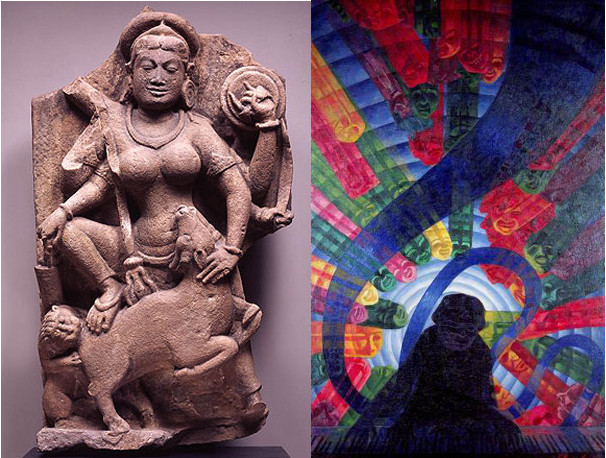6 — The poetry of sounds
Energized by the discoveries of the quartet, Cage created his first really great piece of writing in 1950, the “Lecture on nothing”. It eloquently presents Cage’s belief that self-negating discipline produces insight.
6 — The poetry of sounds Read More »

